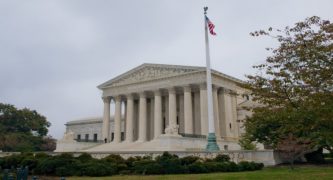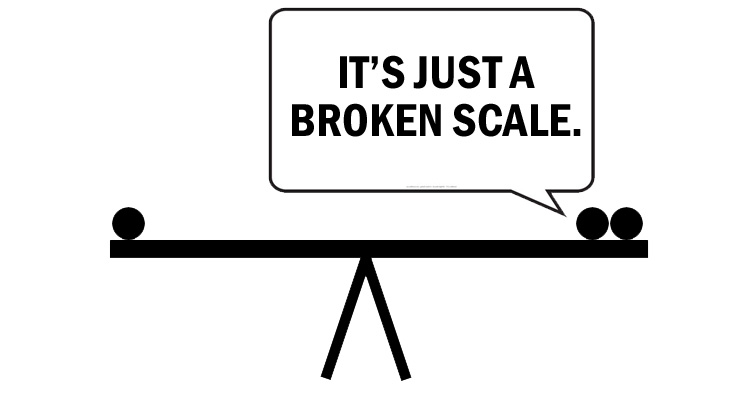
Virginia’s is one of the closely watched Supreme Court cases will determine if the judicial branch will take action on the redistricting crisis anytime soon. The latest news on this front comes from an article at the Connecticut Post written by Jessica Gresko of the Associated Press:
The Supreme Court could throw a wrench into Virginia politics with a decision expected this month.
The state is holding primaries Tuesday, but under one seemingly longshot outcome in a case still to be decided, the justices could require revisions to about two dozen state House voting districts and, in theory, a new primary within months.
A district revision and revote before November’s general election has the potential to be confusing and disruptive, and an additional cost. Some candidates running for the Virginia House of Delegates could need to requalify for the ballot. Hundreds of thousands of voters might need to be told that the district they vote in to choose their state House member has changed for the second time in less than a year.
The court’s decision could come as early as Monday. Supreme Court experts, however, say it’s almost unthinkable that the justices’ decision will change the districts and cause election drama
See the full story here. New data outlining the extent of redistricting in America has been the basis for many of the Supreme Court redistricting cases underway. Researchers at the University of Vermont have designed a new mathematical approach to judge when gerrymandering political districts goes beyond fairness and into manipulation of voting. A team led by UVM mathematician Gregory S. Warrington published about the new tool in the Election Law Journal under the title, “Quantifying Gerrymandering Using the Vote Distribution”.

Warrington is a star researcher with an expertise in algebra at the University of Vermont’s Department of Mathematics and Statistics, a branch of UVM with a “long and proud tradition of excellence in teaching undergraduate students as well as an international reputation for world-class research and mentoring graduate students to a Master’s degree or a PhD degree”.
According to Warrington, “It’s called the declination. Because there is no single standard of what exactly gerrymandering is, there is no one way to test for it. But our measure is better in a lot of ways than the other approaches now being used.” According to a summary of this valuable work by Science Daily:
A mathematician has developed a new tool to identify gerrymandered voting districts. The research shows Pennsylvania, Ohio and North Carolina strongly gerrymandered for Republicans, while Maryland’s and California’s voting districts have been strongly tipped in favor of Democrats. The new tool could be important in the wake of two Supreme Court cases now being considered that might outlaw certain partisan gerrymanders.
Other influential research on American gerrymandering by Warrington include studies titled “Gerrymandering and the net number of US House seats won due to vote-distribution asymmetries” and “Introduction to the declination function for gerrymanders“. Also see Democracy Chronicles’ main section on American Democracy and our Voter Access articles focusing more broadly on the ease of voting and the various barriers in the way.

Leave a Reply